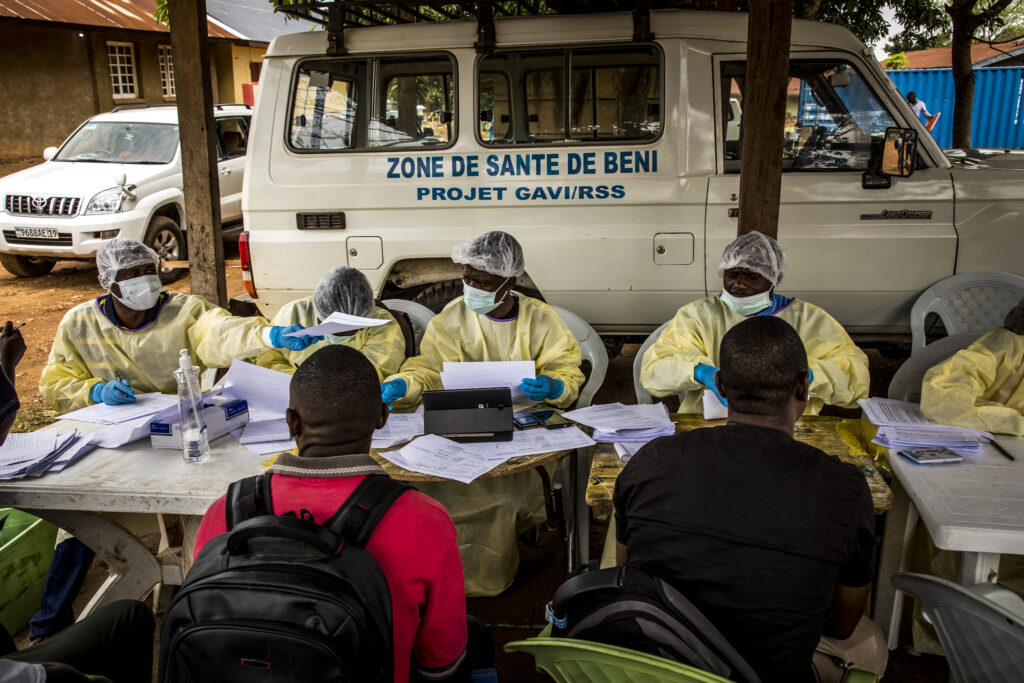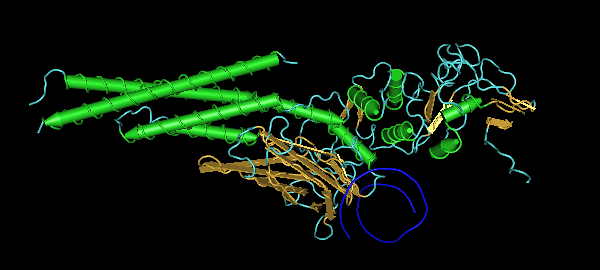When a virus enters our organism, a war breaks out. Once our immune system senses the invader, it prepares to attack. But far from being an unarmed intruder completing its life cycle, the virus brings its own weapons to confront our defenses.
The Ebola virus causes an acute illness with an average fatality rate of 50%. Hydration and early treatment improve survival. However, the 2018–2020 outbreaks in the Democratic Republic of Congo led to circa 2300 deaths, showing that the virus still represents a danger to humans.

Angela Harrison and Greg Moseley from the Monash University Biomedicine Discovery Institute and collaborators have discovered a key mechanism the Ebola virus uses to slash the immune system’s effectiveness.
Scientists have long studied how the Ebola virus inhibits the action of two crucial proteins called STAT1 and STAT2, involved in immune surveillance and antiviral response.
In their article, published yesterday in PLoS Pathogens, the Australian researchers reported have observed, for the first time, how the Ebola virus also blocks the action of another protein called STAT3.

The function of this protein is to drive cell proliferation and transmit signals within our cells to regulate host immune and inflammatory responses against infections. “STAT3 is a messenger protein that carries immune and antiviral signaling through cells to the nucleus, where it activates the expression of many different proteins,” Dr. Moseley explains.
The immune system employs seven different STAT (signal transducer and activator of transcription) proteins. These proteins are activated by substances called cytokines, which begin to target and eliminate the strange body. Each STAT protein responds to a different set of cytokines.
Angela Harrison and collaborators found that the Ebola virus uses a weapon called the VP24 protein to inhibit the STAT3 signaling cytokine, impeding its normal function. “In our study, activation of STAT3 appears to have antiviral effects, but Ebola appears to use a viral protein (VP24) to effect several different mechanisms to prevent STAT3 from functioning and so overcomes the cell’s defences,” Dr. Moseley says.
He concludes:
“The data provide evidence supporting emerging roles of STAT3 as a target of many viruses to control host immunity, and so support virus–STAT3 interactions as a possible target for antivirals approaches not only for EBOV [Ebola hemorrhagic fever] but also other known, or as yet unknown viruses. Greater understanding of how diverse viruses modulate the biology or the infected cell, including immune processes, is important to understanding how viruses infect and spread, and cause disease, and possible molecular targets to prevent this.”
Evasion of the immune response is critical to the Ebola virus winning the battle against its victim. Understanding how the virus targets us to suppress the immune system action is key to developing effective antiviral treatments against Ebola hemorrhagic fever.
References
- Angela R. Harrison, Shawn Todd, Megan Dearnley, Cassandra T. David, Diane Green, Stephen M. Rawlinson, Gough G. Au, Glenn A. Marsh, Gregory W. Moseley. (2021) Antagonism of STAT3 signaling by Ebola virus. PLoS Pathog 17(6): e1009636. https://doi.org/ 10.1371/journal.ppat.1009636
- Nan Yuchen, Wu Chunyan, Zhang Yan-Jin. (2017). Interplay between Janus Kinase/Signal Transducer and Activator of Transcription Signaling Activated by Type I Interferons and Viral Antagonism. Frontiers in Immunology 8, 1758. DOI:10.3389/fimmu.2017.01758. ISSN=1664-3224
Scientists interviewed
Dr. Gregory Moseley. Head of the Viral Pathogenesis Laboratory and Dr. Angela Harrison, Monash University Biomedicine Discovery Institute.
Illustration by Dana Dumea.





